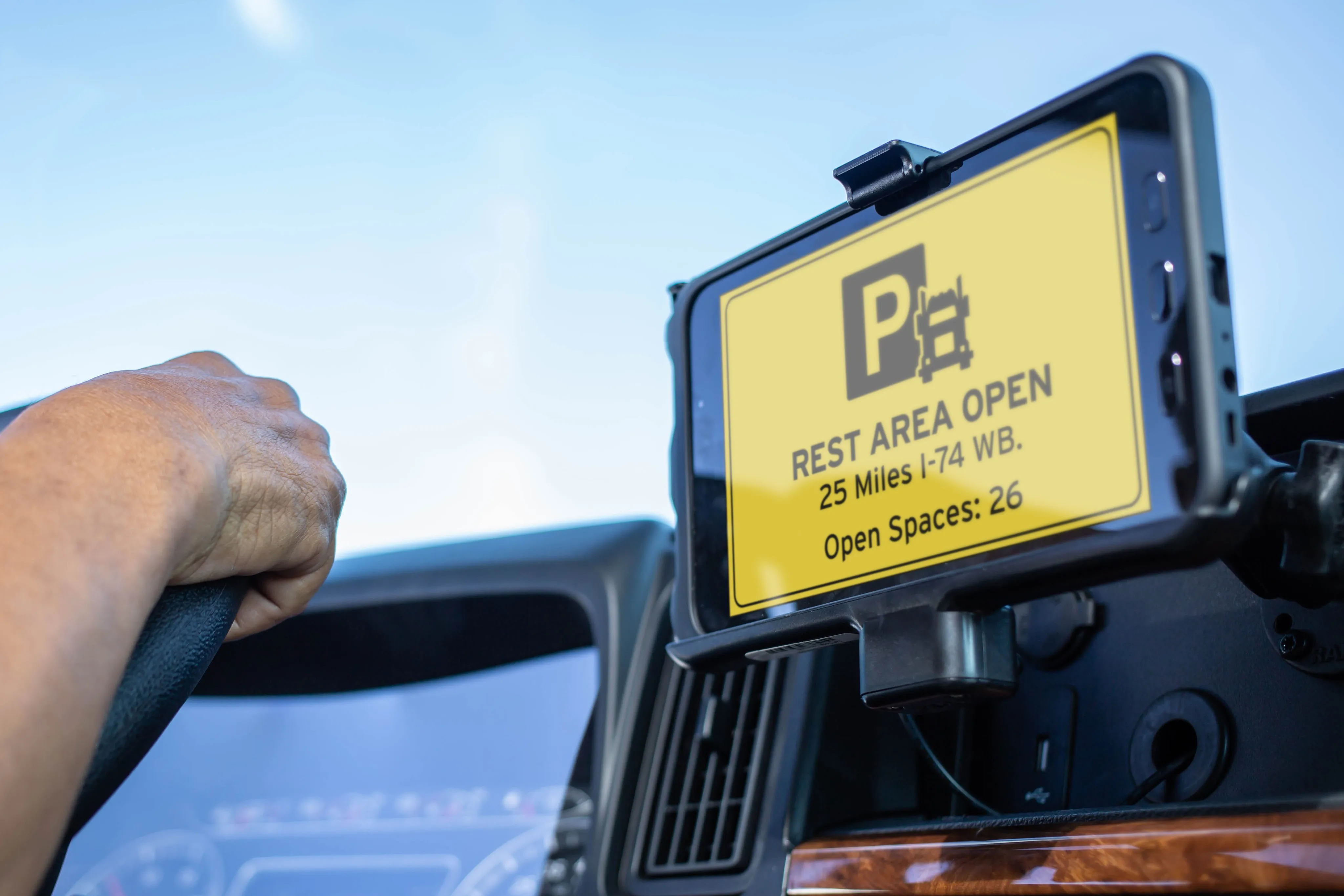
Drivers using Drivewyze PreClear Weigh Station Bypassnow now have in-cab notifications about parking spot availability, in real time, at 10 rest areas throughout the US state.
The initiative is run voluntarily by the Drivewyze team.
The company has recently produced critical parking area open/close notifications for drivers in the states of Pennsylvania, Florida, Arizona, Virginia and Ohio.
“This is a great example of delivering safety information to drivers where and when they need it most in Indiana,” said Brian Heath, chief executive of Drivewyze.
“Truck parking availability is a chronic problem in the trucking industry, made worse by the Covid-19 crisis."
"We’ve leveraged integrations with our state partner and used smart infrastructure data to help drivers and go one step further than previous open/close status sharing."
According to Heath, rest areas in Indiana are some of the most modern facilities in North America, and they incorporate truck parking detection technology that allows the Indiana state Department of Transportation to monitor and share real-time parking space availability.
“Drivewyze is now providing this parking availability information directly to truck drivers via the Drivewyze service embedded in their vehicle's telematics devices,” said Heath.
The in-cab notification alerts are strategically placed. Most alerts are 25 miles (40km) out, then updated again at five miles (8km) out.
“Some sites use customised distances to avoid duplication with state electronic signboards that display parking information or to add informational value by optimising the time drivers can consider alternate parking areas when lots are full,” said Heath.
Drivewyze’s temporary rest area notifications will continue for the duration of the Covid-19 crisis.
Both the Drivewyze PreClear service and its safety notifications are available to carriers on supported ELDs and other in-cab telematics devices, through the Drivewyze partner network.










